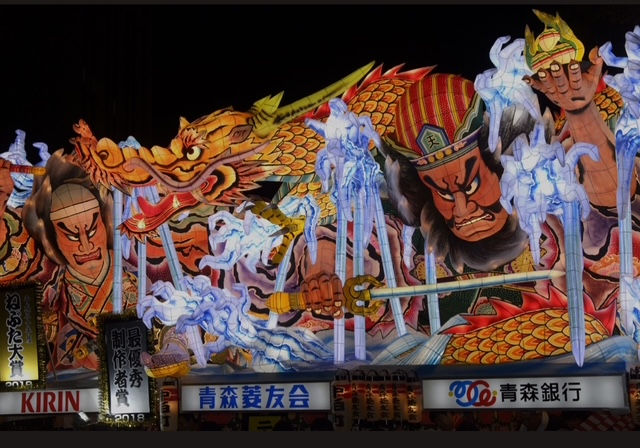Omikuji: Japanese Fortune-telling
- Phillip Radcliffe
- Aug 4, 2022
- 2 min read
Updated: Jan 1, 2023
By Naoka Kawakami

Omikuji is a kind of fortune-telling. You can receive a message from God when you visit a shrine. You can take it home, but you often tie it to the branch of a tree at the shine. The purpose is to pray that our wish connects with the power of the tree. Omikuji came from China in 1337. It’s said a man named Ganzan Daishi made a Japanese version of Omikuhji. Those who are conscious of the spiritual power of Shinto and Buddhist deities are called “mikuji” or “okuji,” and other daily concerns are called “kuji,” such as health, love, studies. Omikuji is done for pilgrims to improve their personal fortunes and has been done since 1185.
There are many shrines and temples in Japan, but they are different religions and serve different purposes. A temple is a place where Buddhist monks live and learn and practice Buddhist doctrine. Buddhism comes from India, but in Japan it developed into Zen Buddhism. Shinto, on the other hand, worships multiple Gods. Japan has a culture of worshiping nature, and the concept of "Yaoyorozu" was born, which worships various beings as Gods.
There is a fortune that is limited to Hokkaido called Ezo-mikuji. It is an omikuji with a pun on the local mascot. At first there were 7 different kinds, but now it has increased to 12. It has been on sale since 2016. All omikuji are written in the Hokkaido dialect. In addition to love, study, and money, places and foods of Hokkaido that improve your luck are listed. The way of drawing the Omikuji is also quite different. For example, at Kotohira Shrine in Nemuro, you can draw Omikuji shaped like a saury fish using a fishing rod.



